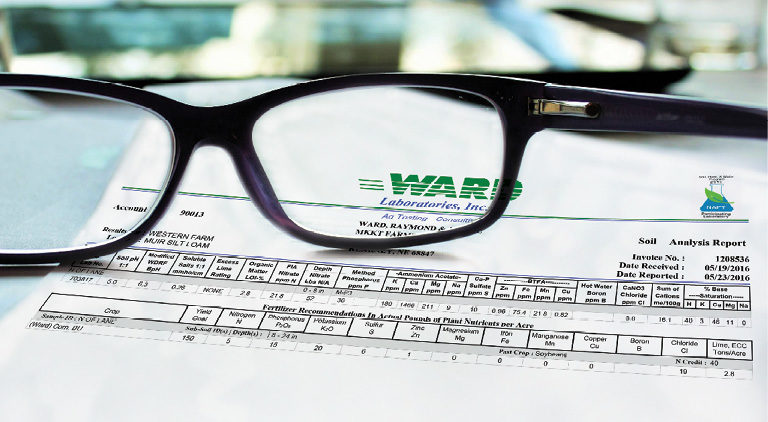No-Till Farmer
Get full access NOW to the most comprehensive, powerful and easy-to-use online resource for no-tillage practices. Just one good idea will pay for your subscription hundreds of times over.

Most no-tillers understand the importance of soil testing, as they typically serve as the baseline for fertilizer and lime purchases and application.
Thanks to variable-rate technology, growers can even use soil test reports to draw up exactly where they’re going to apply a certain rate of fertilizer or lime.
But if someone were to hand you a soil test report, would you be able to read the information and understand what it means?
Most growers would probably say no. Given that fertilizer was the biggest expense for no-tillers in 2015 — more than $75,000 on average per farm, according to this year’s No-Till Operational Benchmark Study — no-tillers may want to consider learning how to read and interpret this data that can tell them what’s already in their soils.
This may become especially important because of growing concerns about nutrient runoff in local waterways. It also allows no-tillers to check for any discrepancies in their results and ensure the fertilizer recommendations their agronomist or consultant is suggesting matches what each field needs.
No-Till Farmer reached out to Ray Ward, founder and president of Ward Laboratories in Kearney, Neb., who shared a recent soil test report from one of his farms and took us step-by-step through the report and interpreted it for us. You can refer to the actual report photographed above to follow along from left to right.

At our lab, we use 10 grams of soil and 10 milliliters of water…